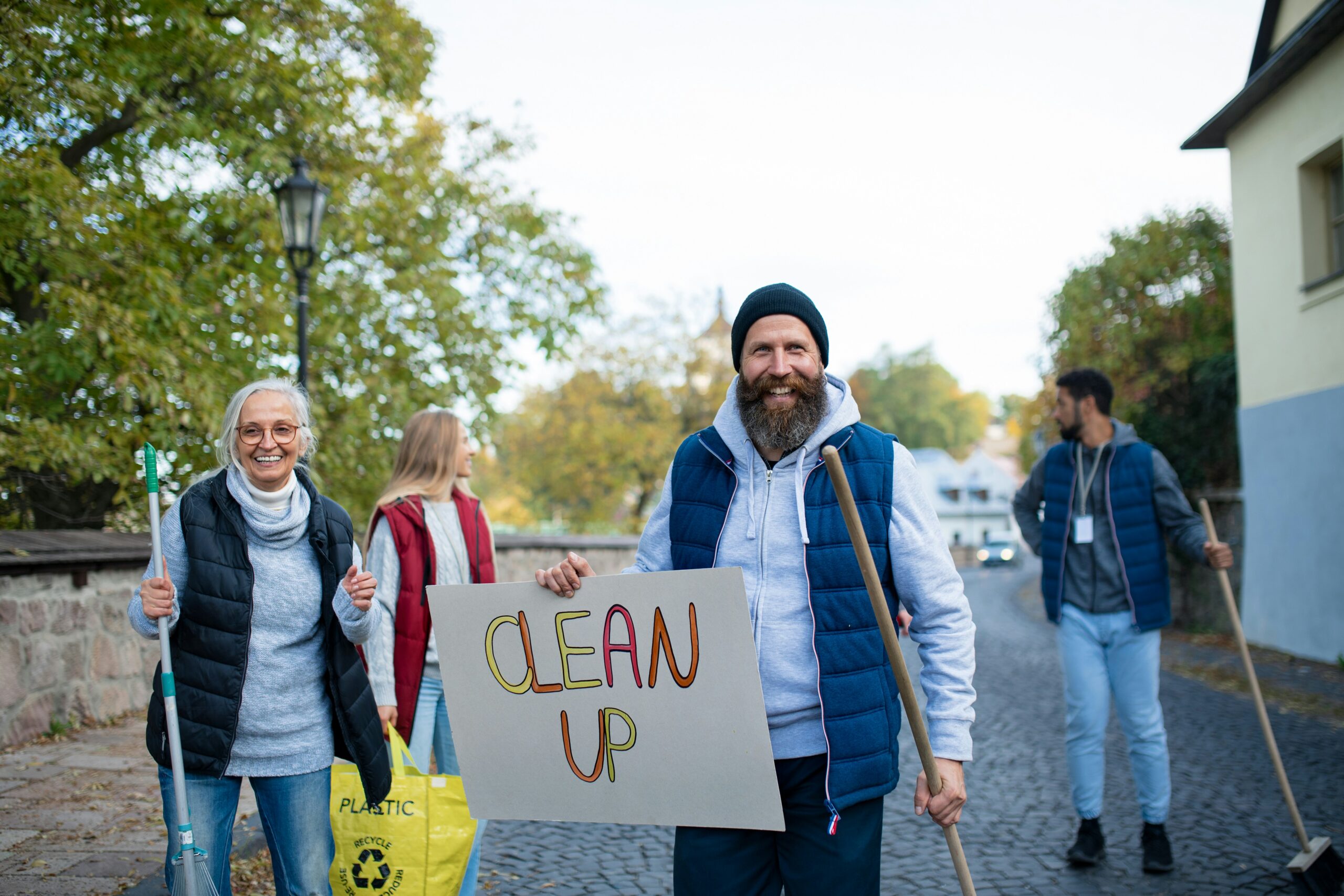
Documentaries hold a unique power in the world of storytelling. Unlike fictional content, they use real people, events, and authentic emotions to engage audiences. This raw authenticity often draws viewers into complex issues they might not have previously understood or noticed. When well-crafted, a documentary can spotlight hidden injustices, underrepresented communities, or overlooked crises, helping viewers see the world through a new lens.
More importantly, these films don’t just inform—they inspire. As viewers connect with the characters and situations presented, they are more likely to engage emotionally and reflect on their beliefs. This reflection is often the first step toward meaningful social awareness. Over time, these shifts in perception can trickle into conversations, classrooms, and, eventually, policy discussions, illustrating that change often begins with understanding.
Turning Awareness into Action
One of the most impressive outcomes of impactful documentaries is their ability to mobilize people. Films like An Inconvenient Truth didn’t merely educate audiences about climate change—they helped spark environmental movements and drive global legislative conversations. Similarly, 13th by Ava DuVernay offered a detailed examination of mass incarceration and its ties to racial injustice, pushing the topic into the forefront of public discourse and activism.
What makes these films powerful is the emotional urgency they create. The storytelling doesn’t just present a problem—it personalizes it, often highlighting individuals affected by broad societal systems. As viewers empathize, they feel a personal stake in addressing the issue. This emotional involvement frequently leads people to donate, protest, volunteer, or contact their representatives. Documentaries may not always provide direct solutions but effectively serve as a call to action.
Documentaries and Legislative Impact
Beyond personal engagement, documentaries can play a subtle but significant role in influencing lawmakers and policy debates. Politicians often take notice when a film gains traction and captures public attention. This ripple effect can help pressure governments to reconsider laws or implement new programs. A striking example is Blackfish, which exposed the treatment of orcas at marine parks. The documentary fueled widespread backlash and led to significant changes at SeaWorld, including ending its orca breeding program.
While it’s true that legislation results from complex negotiations, documentaries add a compelling narrative to policy debates. Lawmakers are human, too, and visual storytelling can move them in ways that spreadsheets and statistics cannot. A film can highlight the human cost of a flawed system and build the public pressure needed to push reforms forward. Though they’re not substitutes for advocacy, documentaries are increasingly used as tools in the policymaker’s playbook.
The Challenge of Preaching to the Choir
Despite their strengths, documentaries also face criticism for primarily reaching audiences already sympathetic to the cause. Many people who watch social issue documentaries may already be progressive-minded or interested in the topic, which limits the film’s potential to change opposing perspectives. In this sense, some argue that documentaries reinforce existing beliefs rather than shift them.
However, even within like-minded audiences, documentaries can deepen understanding and galvanize action. They can also equip viewers with compelling narratives and facts to bring into conversations with more skeptical friends, family, or colleagues. In this way, a documentary’s reach extends beyond the screen, as viewers become messengers who carry its message into new arenas.
Measuring the Real-World Impact
Assessing the actual impact of a documentary is not always easy. Success is not measured solely in box office numbers or streaming metrics but in the longer-term effects it generates. This includes increases in fundraising for highlighted causes, shifts in public opinion, and the emergence of grassroots campaigns. Documentaries that spark such movements often do so through timing, storytelling, and social media amplification.
At the same time, not every documentary will spark sweeping change, and that’s okay. Sometimes, their value lies in starting a conversation or planting a seed of awareness. A viewer who learns something new today might take action months or years later. Change is rarely instant, and shifting culture often begins quietly. The important thing is that documentaries contribute to that process by adding perspective, context, and emotional resonance.
Storytelling That Moves Us Forward
Documentaries make a difference, though not always in obvious or immediate ways. Their true power lies in their ability to inform, inspire, and influence. They don’t just tell stories—they help audiences feel them, reflect on them, and respond to them. Documentaries foster empathy by bringing real issues into public view, framing them through human experience, and planting the seeds for transformation.
While they may not singlehandedly change the world, they often provide the spark that ignites broader movements. Whether influencing personal choices, community action, or national policy, documentaries have proven themselves powerful agents of social change. In an age where information is abundant but empathy can be scarce, these films remind us of the shared humanity that underpins progress.